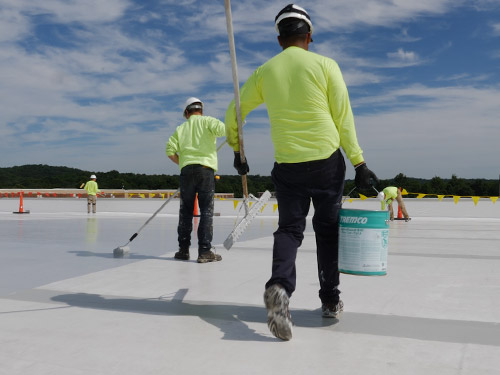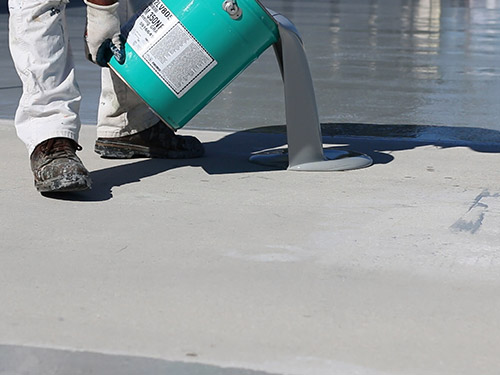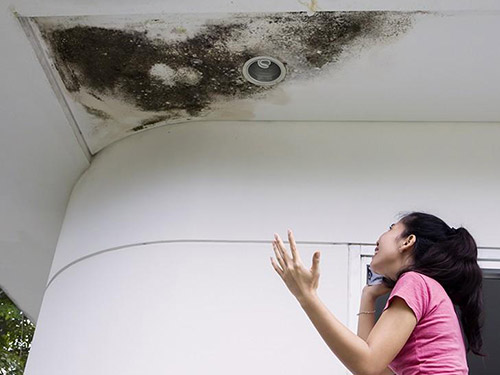
 |
Need Support? |
 Waterproofing and Roofing
Popular Types of Commercial Roofs and Waterproofing Systems
Waterproofing and Roofing
Popular Types of Commercial Roofs and Waterproofing Systems
It is sometimes hard to believe that there are so many different types of roofs for different structures, and some of them can do more than just weatherproof the top of a building...
 Waterproofing and Roofing
Sheet vs Fluid Applied Waterproofing
Waterproofing and Roofing
Sheet vs Fluid Applied Waterproofing
In any residential or commercial building, there are usually only two main types of materials used for waterproofing – sheet or liquid membrane. Although neither option is inherently better...
 Waterproofing and Roofing
Common Problems Associated with Poor Waterproofing
Waterproofing and Roofing
Common Problems Associated with Poor Waterproofing
In order to construct a building that will stand the test of time, one of the key factors is the application of high-quality waterproofing. A poorly designed and installed...
